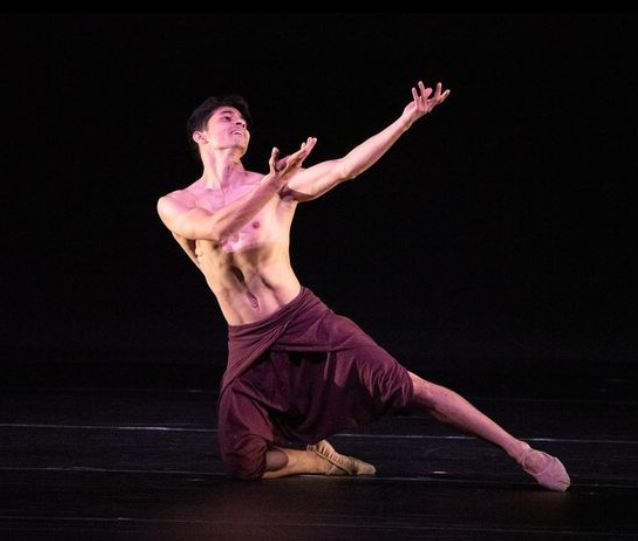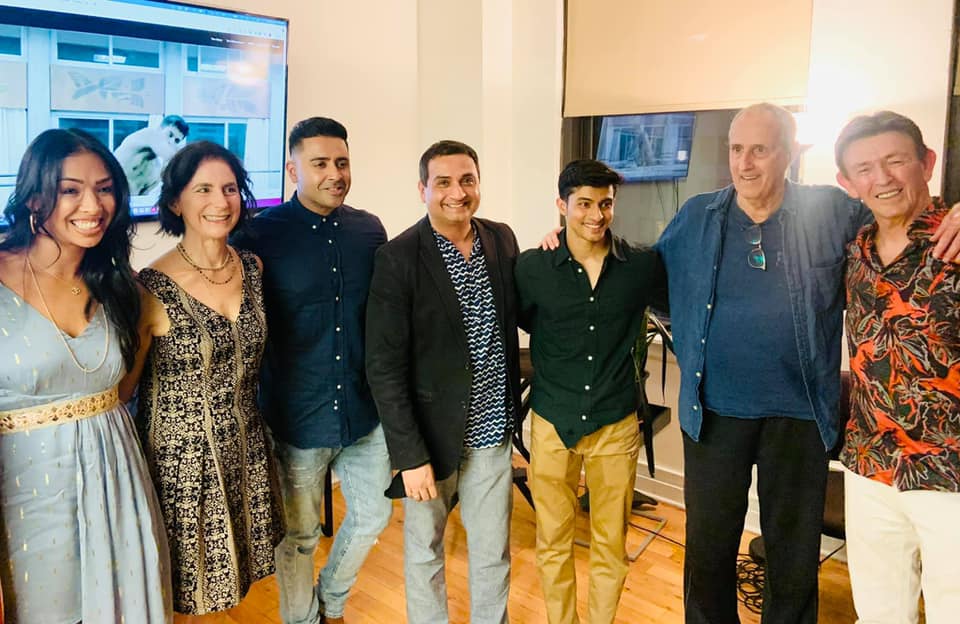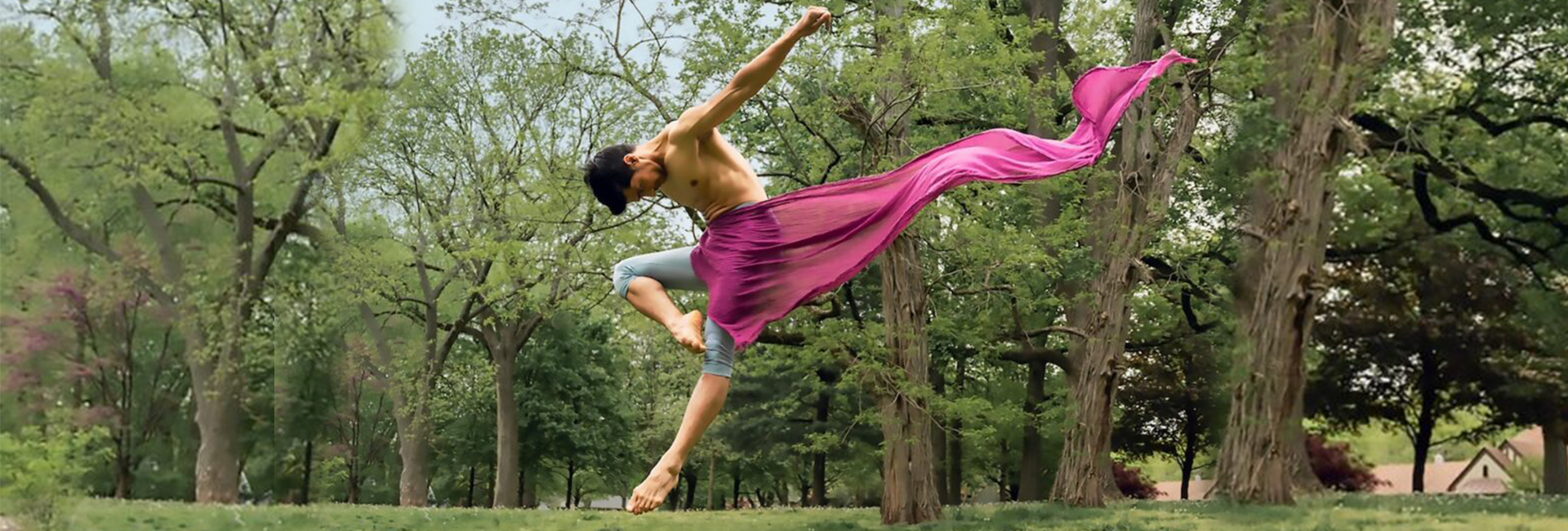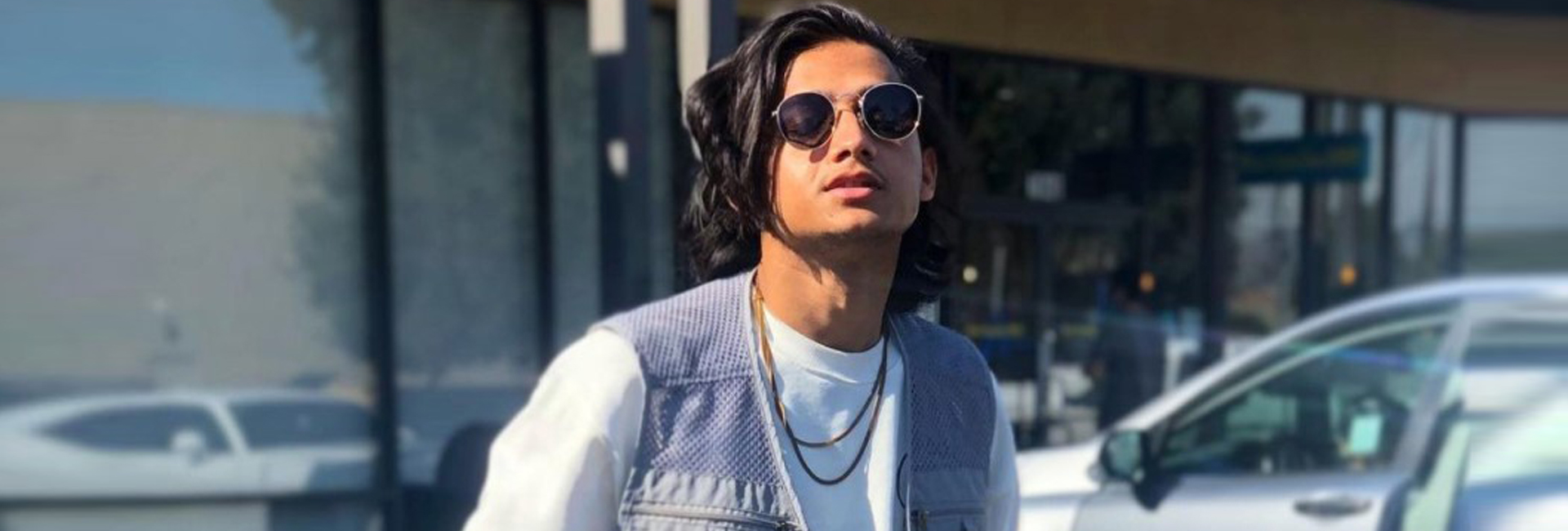(March 17, 2023) Call Me Dancer, a documentary feature adaptation of real life-story of Manish Chauhan, Mumbai’s street dancer, had its world premiere at Santa Barbara International Film Festival in USA. The 84-minute-long documentary marks the directorial debut of Washington based directors Leslie Shampaine. The film also had its East Coast premiere at the opening night of the longest-running dance film festival in the world – Dance on Camera Festival, New York.
Call Me Dancer revolves around Manish’s struggles and triumphs and how despite odds stacked against him, with ambition, determination and passion the youngster finally managed to turn his dream into reality. Daring to dream in Mumbai’s slums, the professional ballet dancer got his break when he received a full year’s scholarship at the Oregon Ballet Theatre, Portland in 2017.

Manish Chauhan
Manish has performed extensively in India and abroad. Coming from a community where people did not know the difference between ‘ballet dancing’ and ‘belly dance,’ Manish is an inspiration to many strugglers.
The tale of dreams coming true
Made both in English and Hindi (with English subtitles), the film chronicles the life of the talented street dancer who works on his dream going against his parents wishes.
“My father and grandfather are taxi drivers and they often told me that dancing is a hobby for rich children not for us,” Manish Chauhan reveals in the trailer of the documentary.
However, he secretly starts training at a dance school and accidentally walks into a ballet class, where he meets Yehuda Ma’or, a short-tempered 70-year-old Israeli teacher. His desire to keep on trying is only strengthened when he meets an extraordinary teacher, who was once a professional ballet dancer. “I will make ballet dancing my career and will help my parents with the money earned,” Manish decides.
Since he had started learning dance later than the others in Yehuda’s class, the trainer was sceptical about his abilities initially. However, Yehuda could see that Manish’s physical build and structure would take him far in the dance form – and gave him the chance to learn. “He has the kind of body that works best for ballet, and helps in turning and jumping,” Yehuda remarks in the documentary.
Over the course of time, Yehuda became a fatherly figure in Manish’s life, and helping the underprivileged boy with so much talent succeed became his goal.
Film full of emotions
Filmed in India, the United Kingdom, Israel, and the United States, the documentary revolves around Manish’s journey which is full of heartaches, hope and hard work. Together, Manish and his teacher transform each other’s lives, finding a purpose.
“People in my neighbourhood used to think that I am just an acrobat but I used to correct them by saying – I am not an acrobat, call me a dancer,” Manish remarks. “This is where the title of the documentary comes from,” writes director Leslie Shampaine in her message on the film’s website.
View this post on Instagram
Shampaine, who is a professional ballet dancer herself, has interspersed the sensitivities of a dancer with her directorial acumen to create a poignant narrative. “Dance films are typically created by looking into our world from the outside. They convey the difficulty of the profession, but what is often lost is the passion and inner joy that pushes dancers past the pain,” she mentions. “I knew that as a dancer myself, I could offer an insider’s perspective,” she adds.
Global collaboration
The New York City-based debutant director followed and documented Manish Chauhan’s journey for five years, before she was able to tell his story on screen.
Call Me Dancer boasts of an international team comprising Indian film professionals with insights into the culture and the socio-economic reality of Mumbai.
With two original songs by British-Indian singer and songwriter Jay Sean, music by Bangladeshi American hip-hop artist Anik Khan, and a score by award-winning British-Indian composer Nainita Desai, the film is an ultimate global collaboration. “This is a story that I hope inspires people across the globe,” Shampaine remarks.


The Global team of Call Me Dancer
The inspirational journey…
Call Me Dancer is not Manish Chauhan’s first foray into the world of films. In 2020 the Global Indian played a part in the Netflix film Yeh Ballet.
The journey of the boy from Navi Mumbai’s chawl is a quintessential rag-to-riches story. From getting his torn shoes stitched by his mother every night, the ballet dancer who travels globally for shows has carved a niche for himself through sheer grit, passion and dedication.
- Check out Call Me Dancer’s website, Instagram and Facebook page




